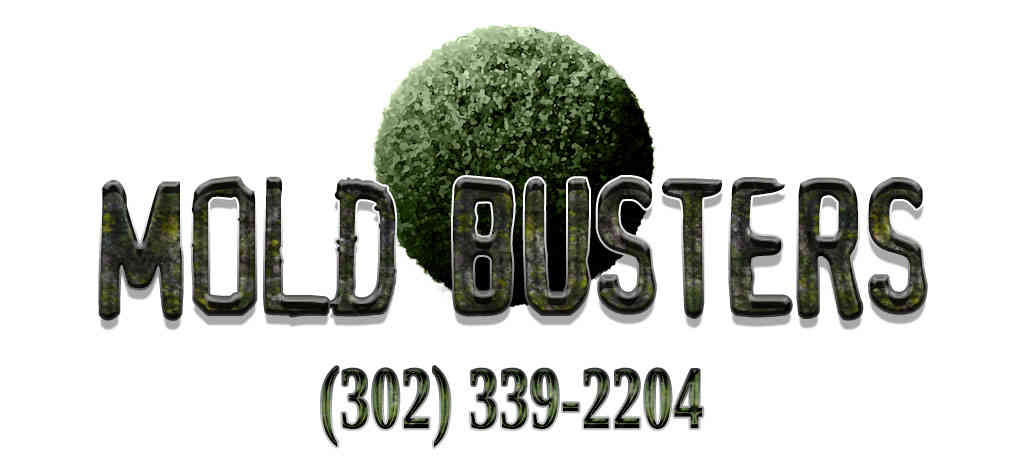What is Mold?
Mold is an extremely small, dangerous element that belongs to the family of fungi. It can thrive on almost any surface especially cellulose-based objects.
Molds are present almost everywhere. Though they maybe harmful at times, molds are a big part of the ecological balance in the environment, as they play a major role in breaking down organic substances. Molds are the original recyclers.
According to some recent studies, approximately 50 percent of homes have unknown moisture problems. And as we all know, molds thrive best in moist places.
To a large extent, all indoor mold growth is potentially harmful and should be removed promptly, no matter what types of mold are present or whether they can produce toxins. Awareness and sanitation should be observed to prevent the spread of molds in your home.
Here are 6 ways to detect if your home has dangerous molds :
1. Launch a search operation
Check whether there is a visible signs of mold growth in your home. Molds are characterized by its cotton-like features that may appear in colors such as gray, white, black, or green. Black mold can be especially dangerous, so be sure to watch for any signs of this type of growth.
Check for any yellowing or furry looking growth on fabrics, sheetrock, or anything else that’s potentially been exposed to moisture.
2. Use your sense of smell
Whenever you smell some mold odors, begin your search immediately. But you also have to remember that even if your home has no moldy smell it doesn’t mean that you’re free from its threat.Be sharp-eyed because some fragrance-free molds are still toxic.
3. Is basement or crawlspace flooding one of your indoor problems?
If yes, then there is a large probability that your house is filled with some dangerous molds. Look around your basement for indications of extra mustiness or water damage.
Also check if there are water discolorations on walls and ceilings. Remember excess amount of moisture is the major culprit for mold exposure.
4. Windows mist over during winter
Winter season is characterized by rain and cold and generally when it’s cold and rainy, there is an excess in moisture. This excess amount of humidity in the environment can cause fungal growth which culminates the most in damp areas.
If your windows are foggy during winter, it is best to find out where the extra moisture is coming from, and check the area for any mold contamination.
5. Molds that are hidden
Most experts agree that the most perilous mold is the one that is unseen, such as in air conditioning units, duct-work, or within walls. These molds can swell up rapidly while undetected. In most cases, hidden molds can be discerned not by eye but by the stale odor or the frequent need to clear your throat.
6. Ask a Certified Mold Inspector
In instances where you cannot detect if there are molds inside your house, you can ask the assistance of licensed mold inspectors. They have the proper know-how in pinpointing the exact location of undetected mold problems.
All in all, the key to total prevention of the threats caused by mold problems is awareness of the problem. Be vigilant with your surroundings for any sign of mold growth. Early prevention is the best solution to all the hazards set off by this micro-organism.
